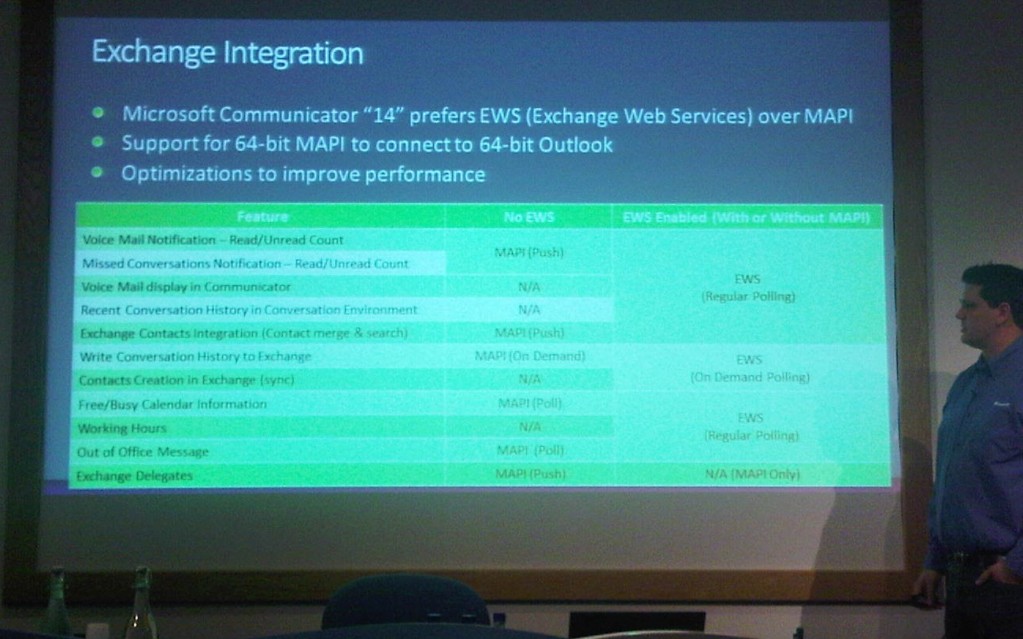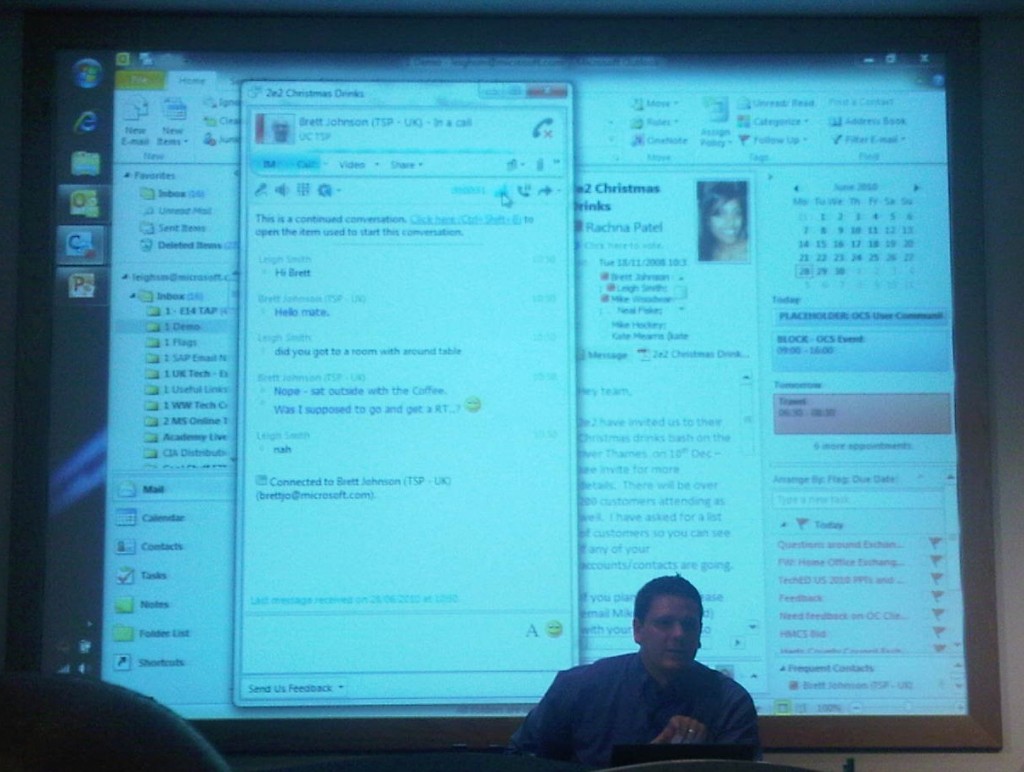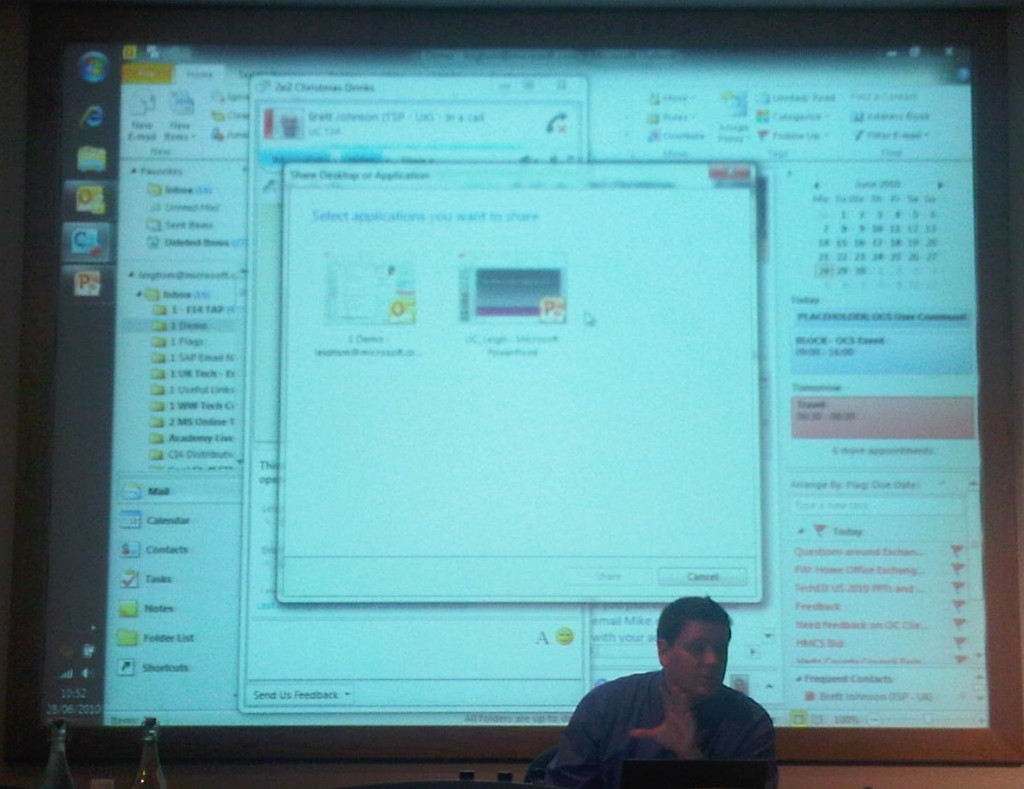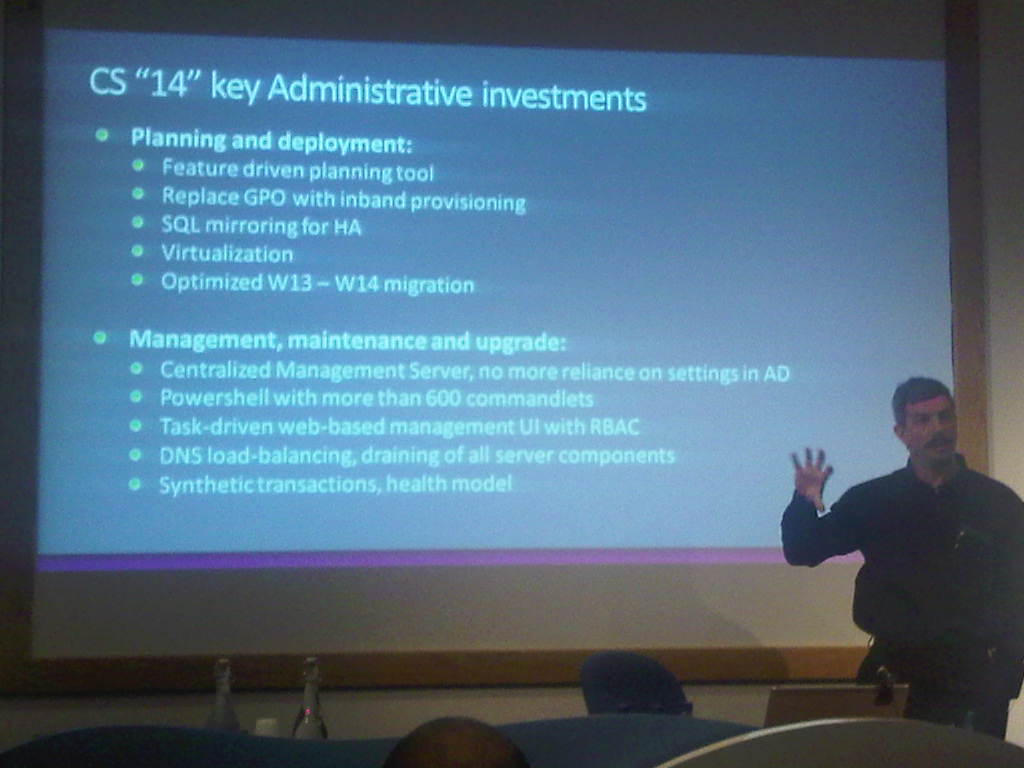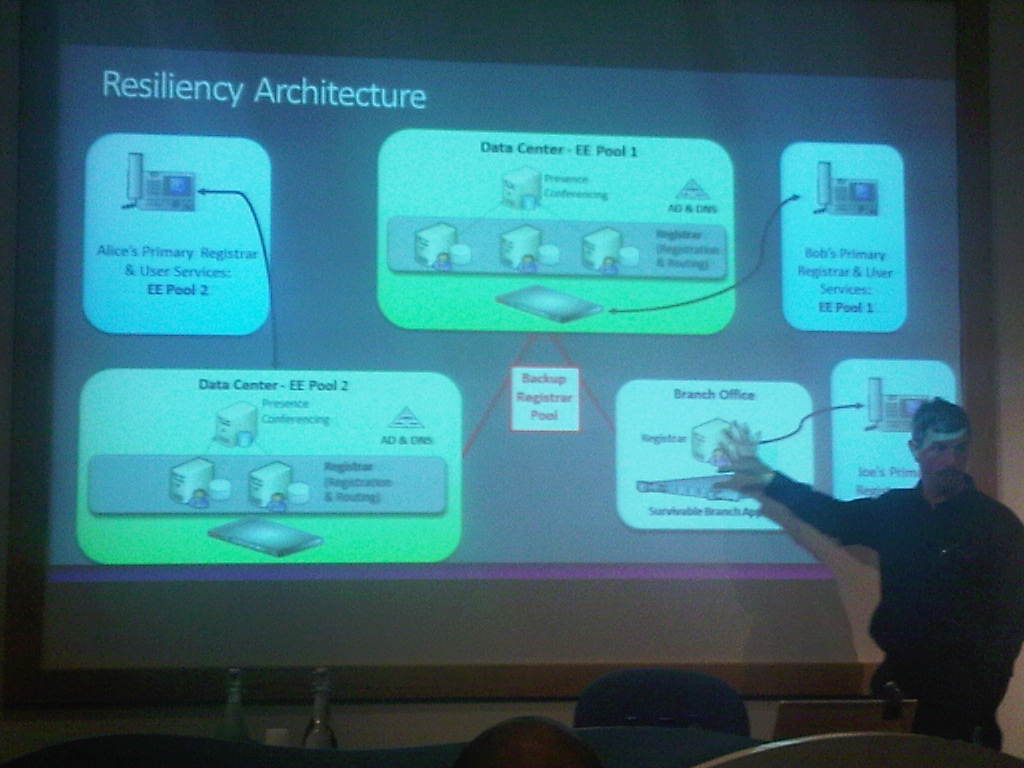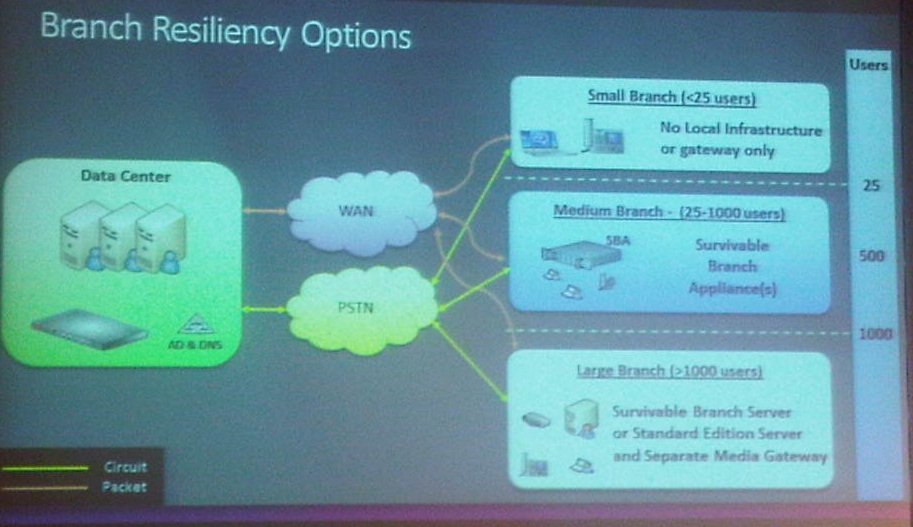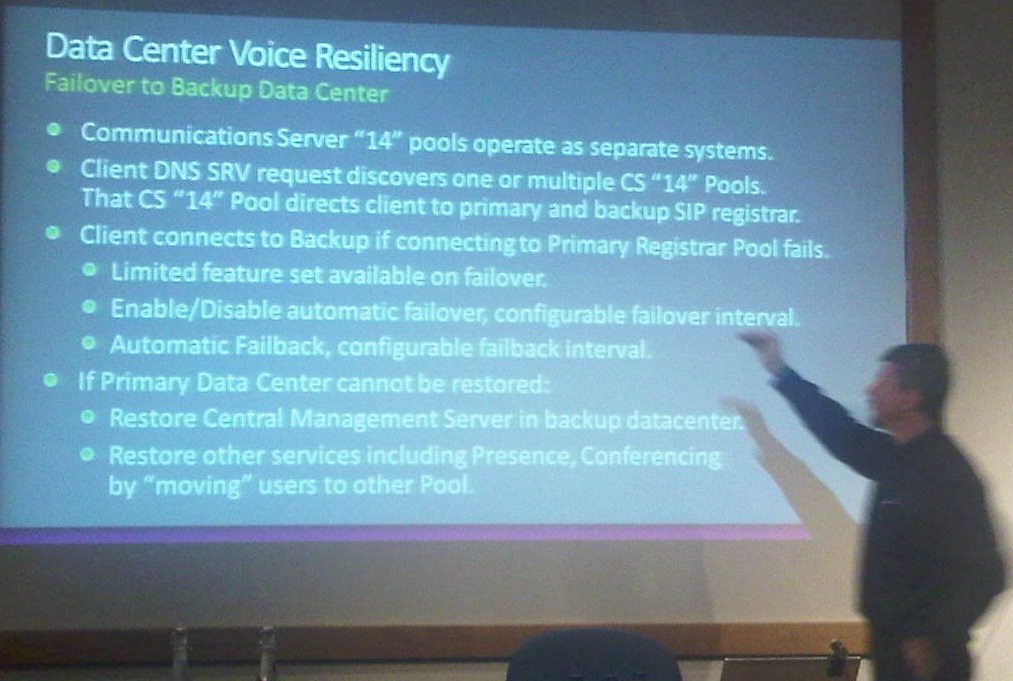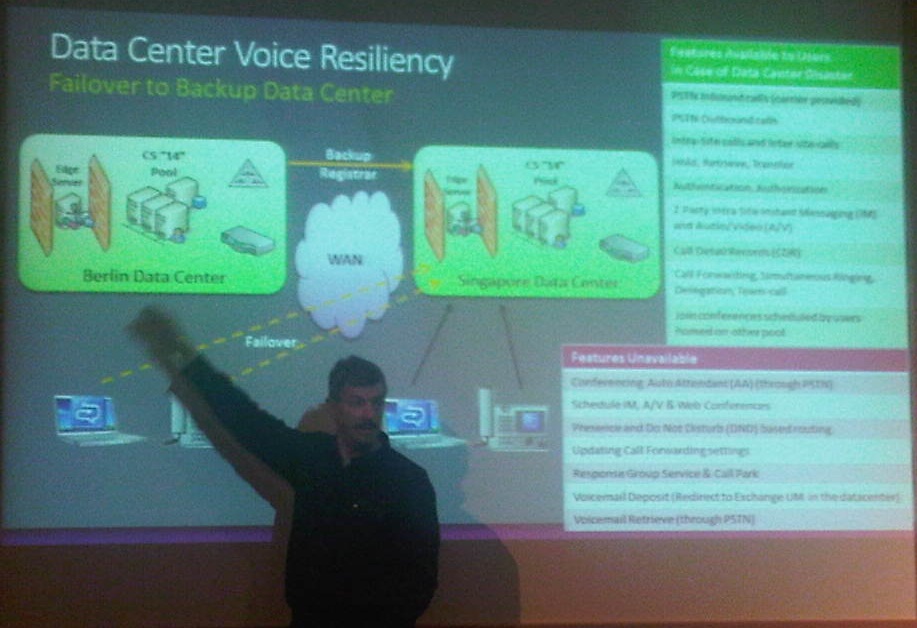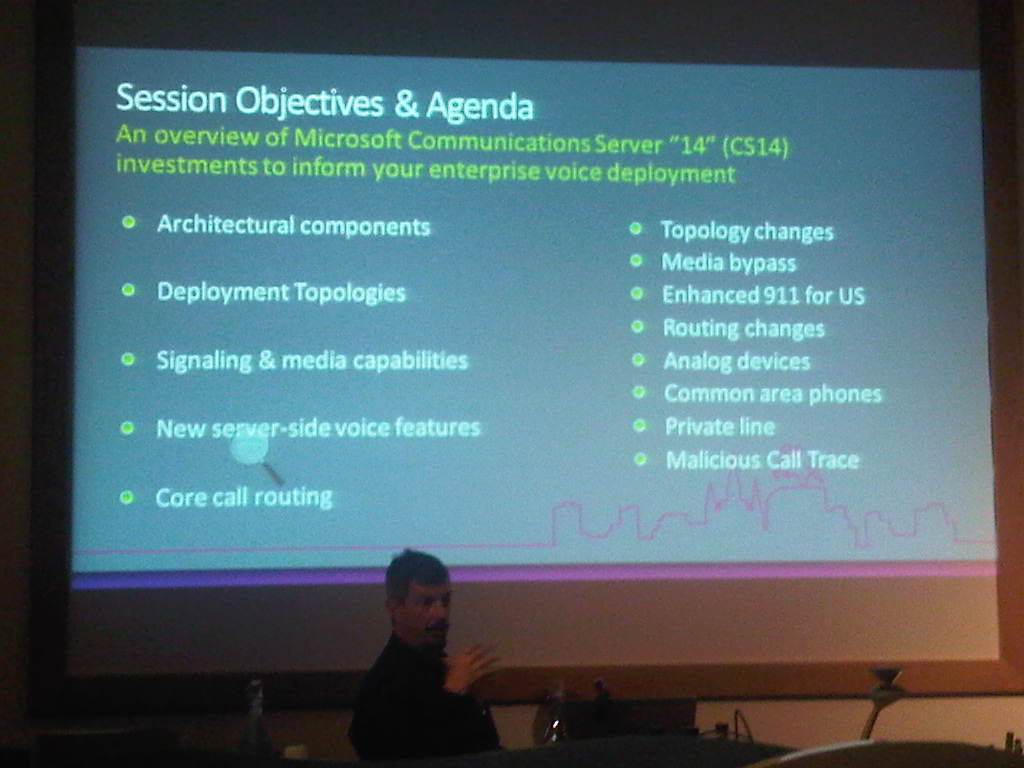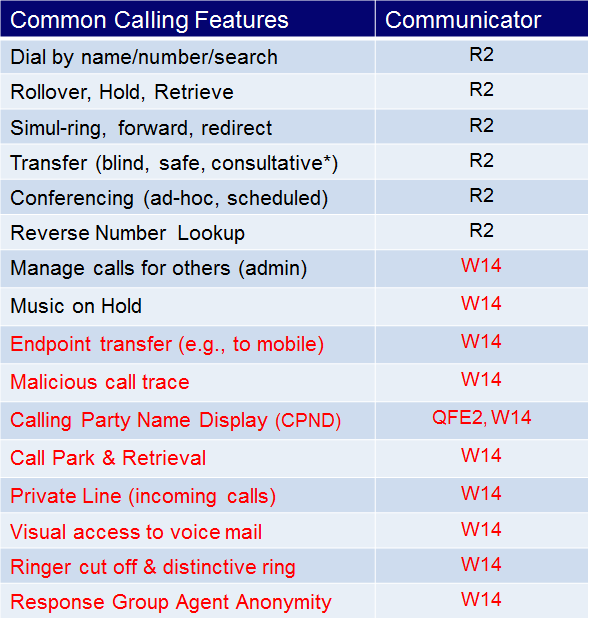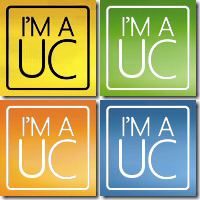
The UK Microsoft Messaging & Mobility User Group ran a joint live meeting with Microsoft UK this morning, specifically focused upon functionality within the forthcoming service pack (SP1) for Exchange 2010. Presenters were Brett Johnson (MSFT Messaging Technical Specialist), Leigh Smith (MSFT UC Technical Specialist) and Nathan Winters (an MVP for Exchange Server).
Before I jump into some of the highlights, you might ask why I attended this briefing given that I am an MVP myself? Simple,
- I don’t always get to keep up to date with everything (especially with Exchange, my “expertise” is Communications Server) and
- I can’t remember what information is NDA and what isn’t! (these live meetings are more often than not without NDA and therefore open to public disclosure)
So now onto the interesting stuff, the session was split into two, some of it was a recap of Exchange 2010 goodness available already within the RTM and the remainder, what is coming with SP1 – I will mainly share what is new and improved. As this event was open to the public I took the liberty of screen dumping the slides, when the deck becomes available I will try to post a link. (they’ll probably be put up on the MMMUG site)
First off, some improvements, I really liked the capability of controlling which site your clients used or preferred database.
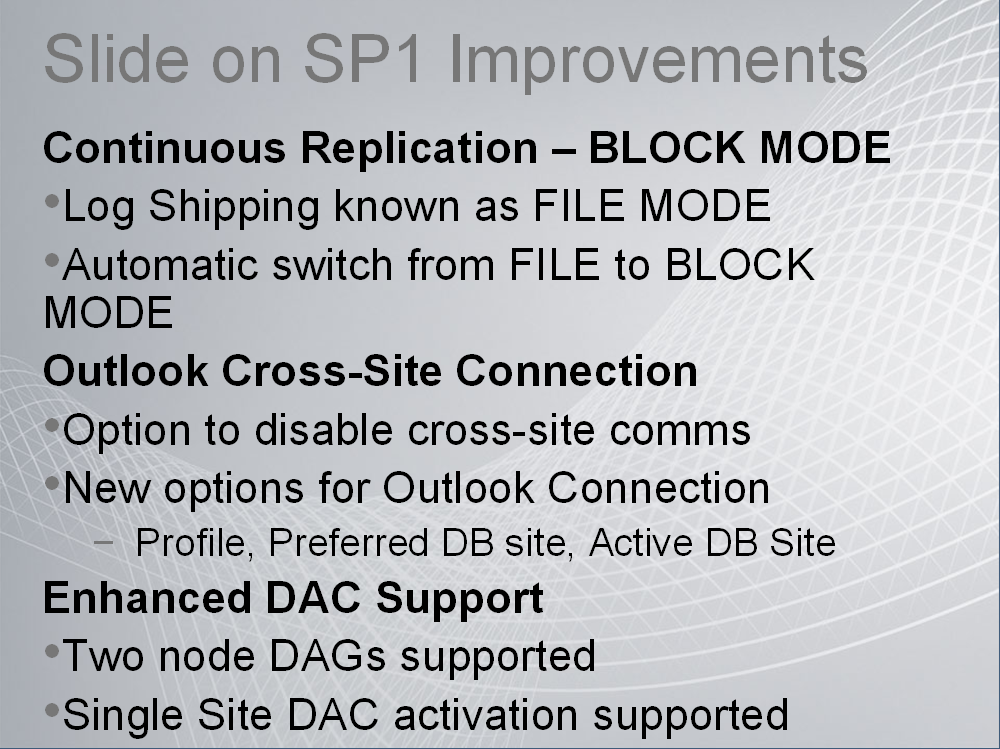
This one is self explanatory…
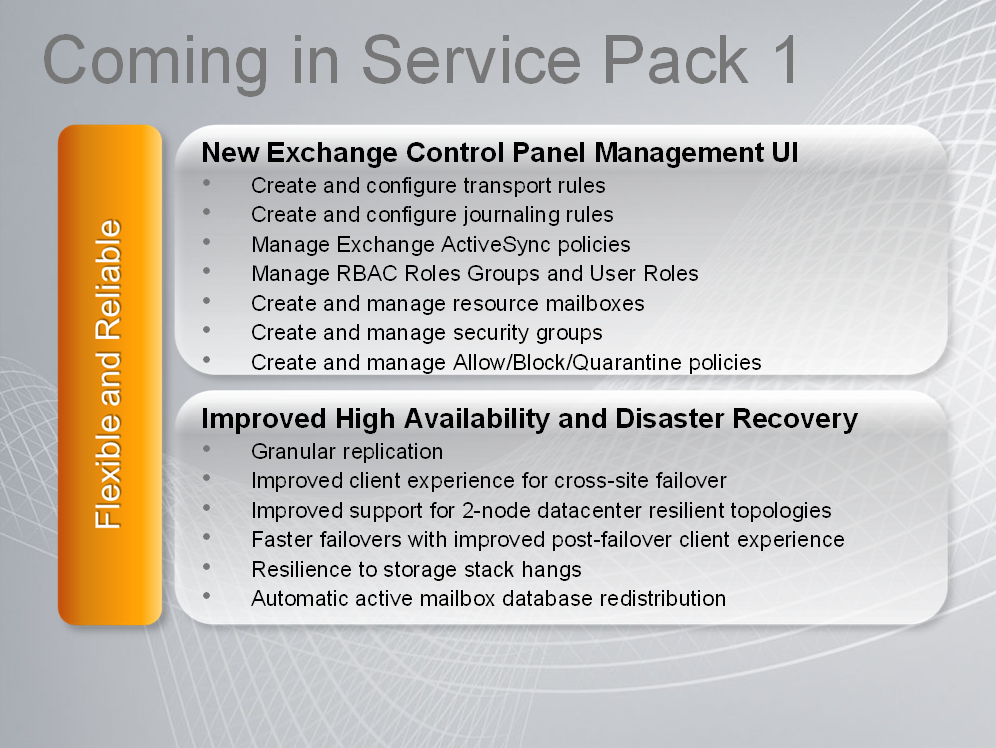
Next, a reminder on supported clients.
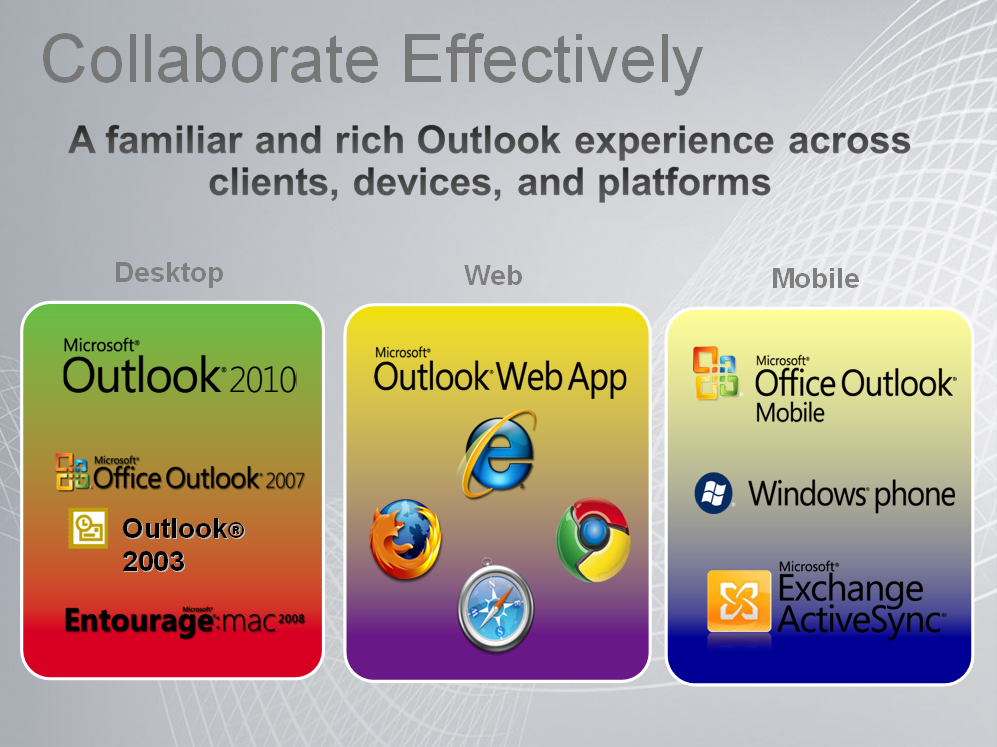
A reminder on what is available in Exchange 2010 RTM UM, the most significant being voicemail transcripts…
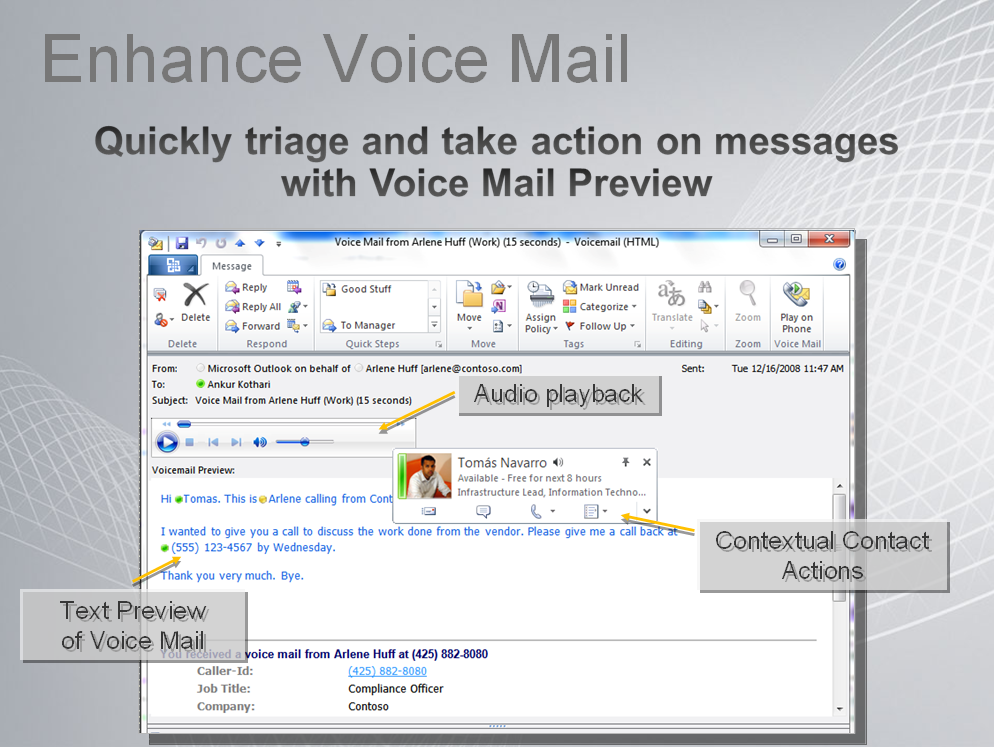
…call rules and voicemail menu.
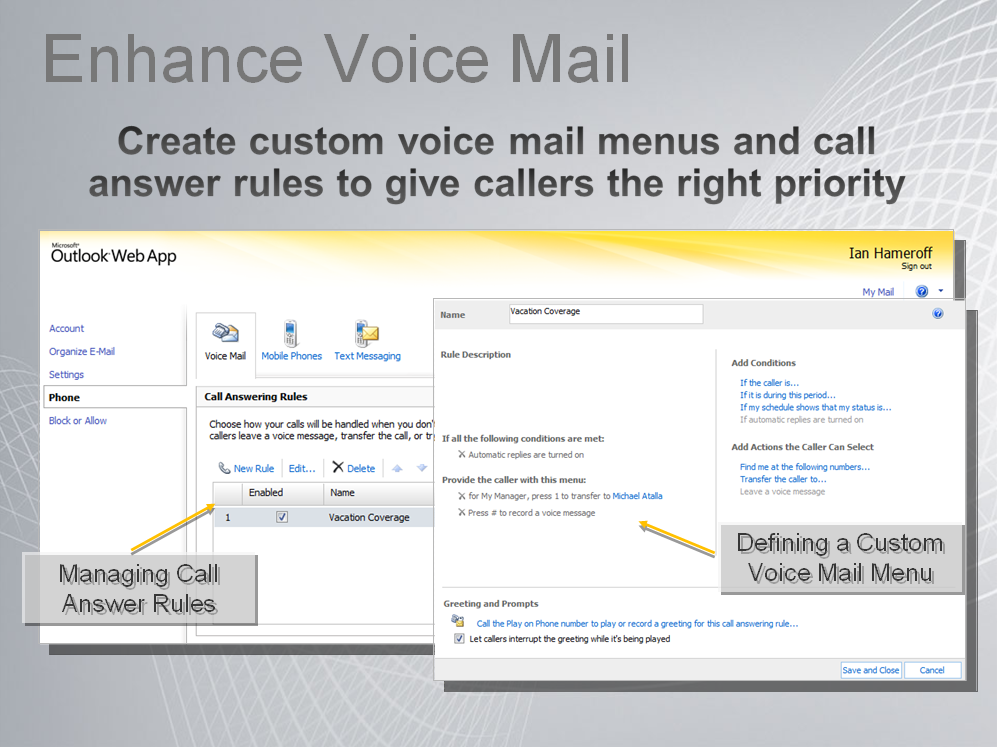
New UM functionality available with SP1.
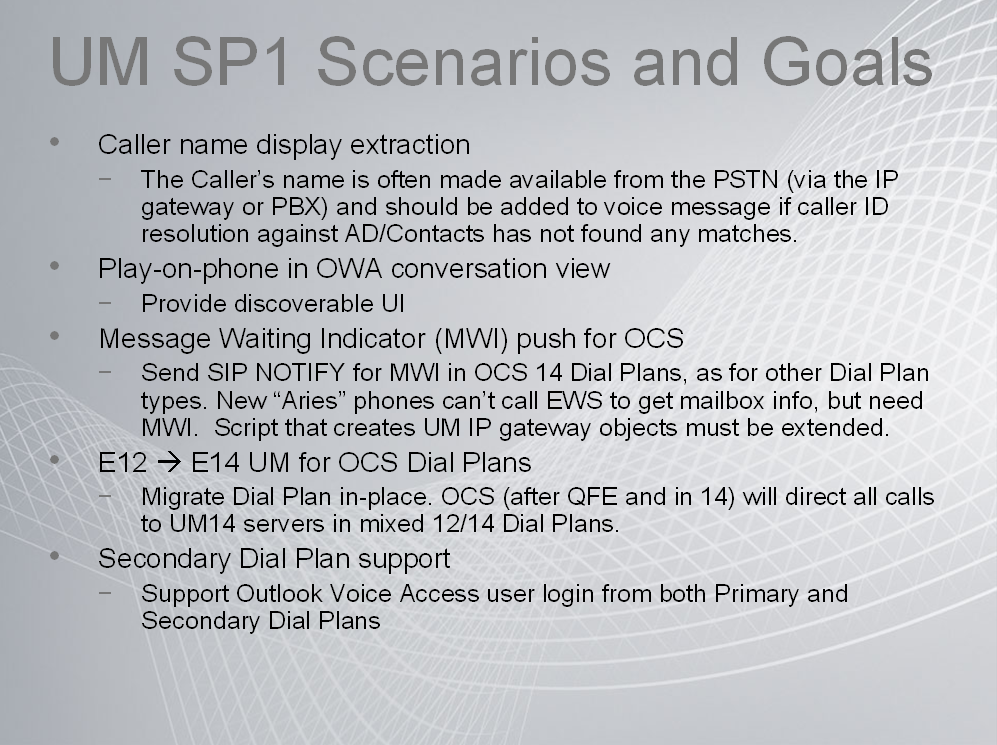
Now OWA, there is a lot of changes here. First of all the interface, here is a before:
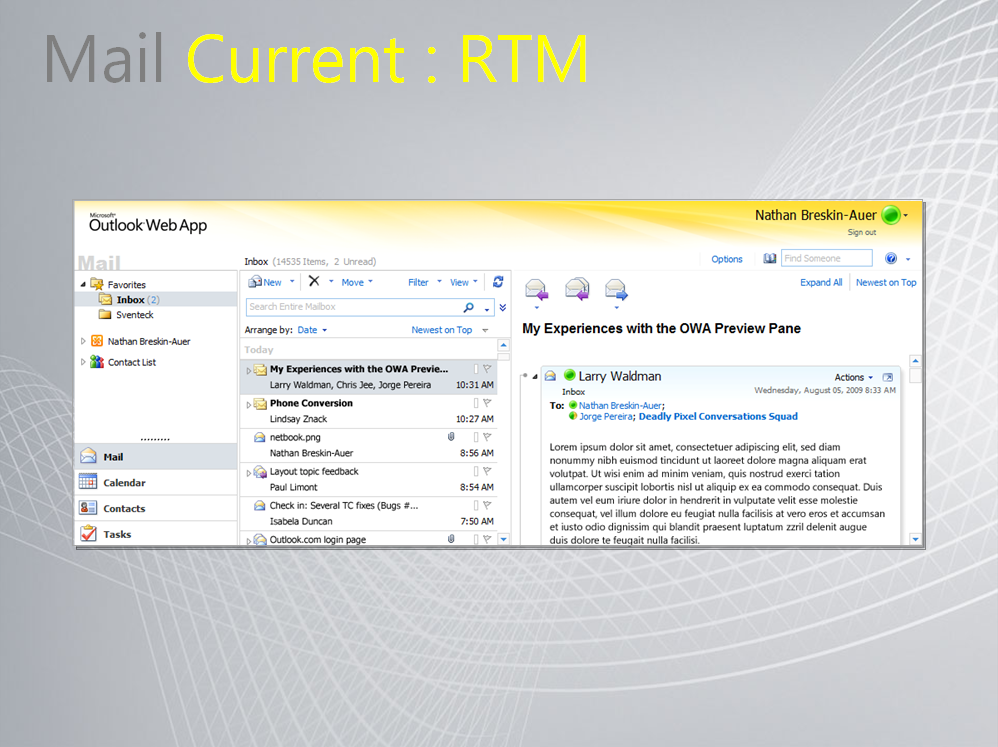
and after…

OWA useability/performance RTM vs SP1, huge improvements here.

Summary of SP1 OWA improvements. Printing and company branding was mentioned…
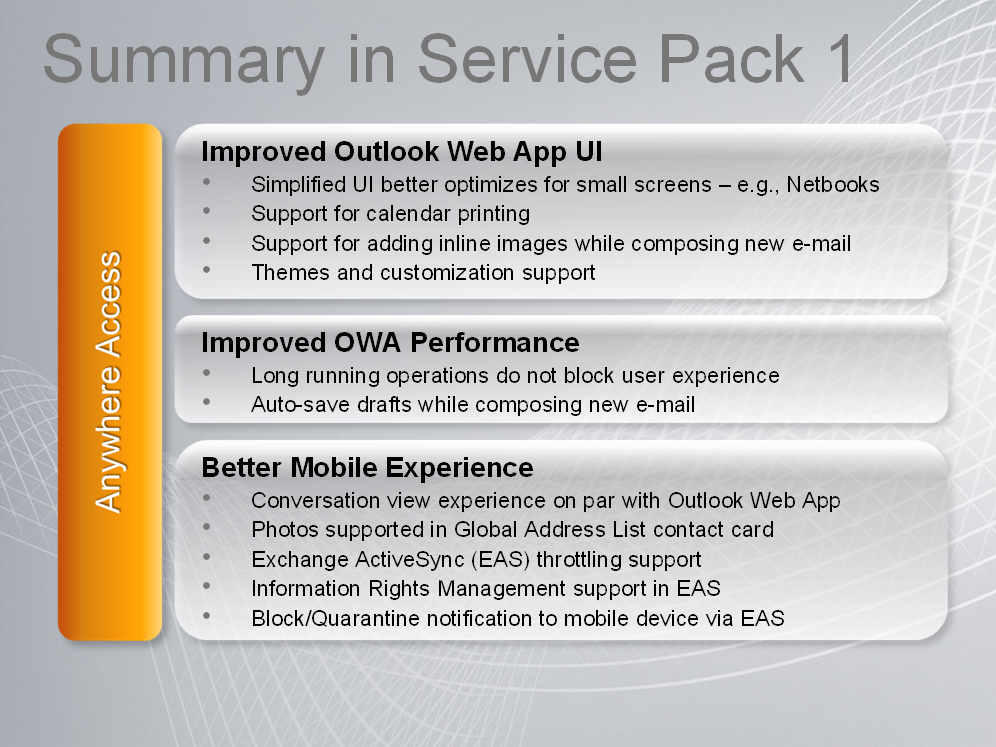
Now a look at how OWA SP1 Communications Server integration. In the animation below you can see, the improved presence menu, more prominent IM awareness and improved IM notification.
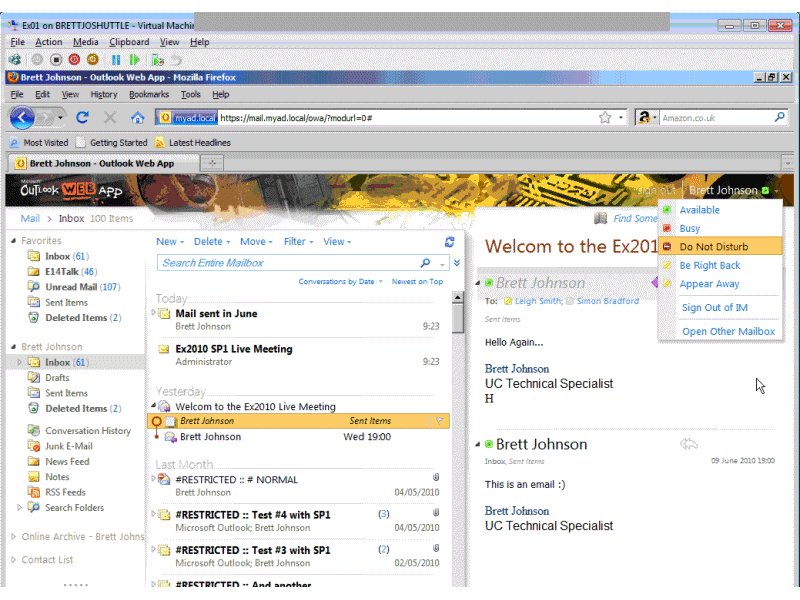
At long last a point to Exchange archiving, mailbox database can be separated from the archive database. There was mention of on-premises and cloud offerings, including the capability for a hybrid approach. i.e. on-premises mailboxes and a Microsoft hosted archive – this I like a lot!
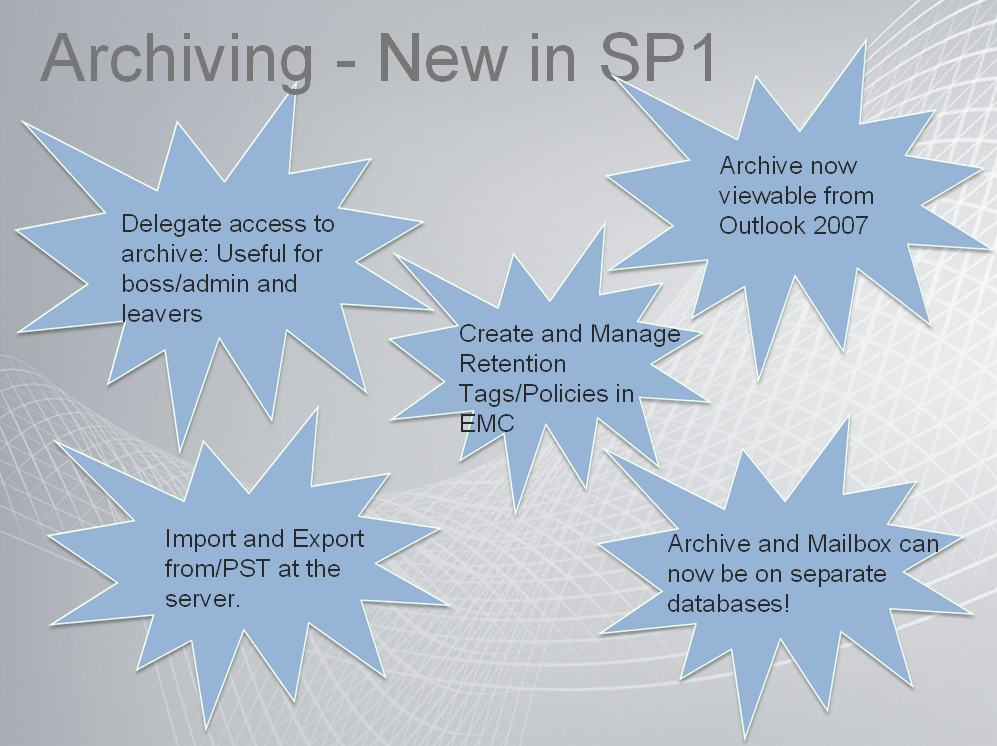
Self explanatory…
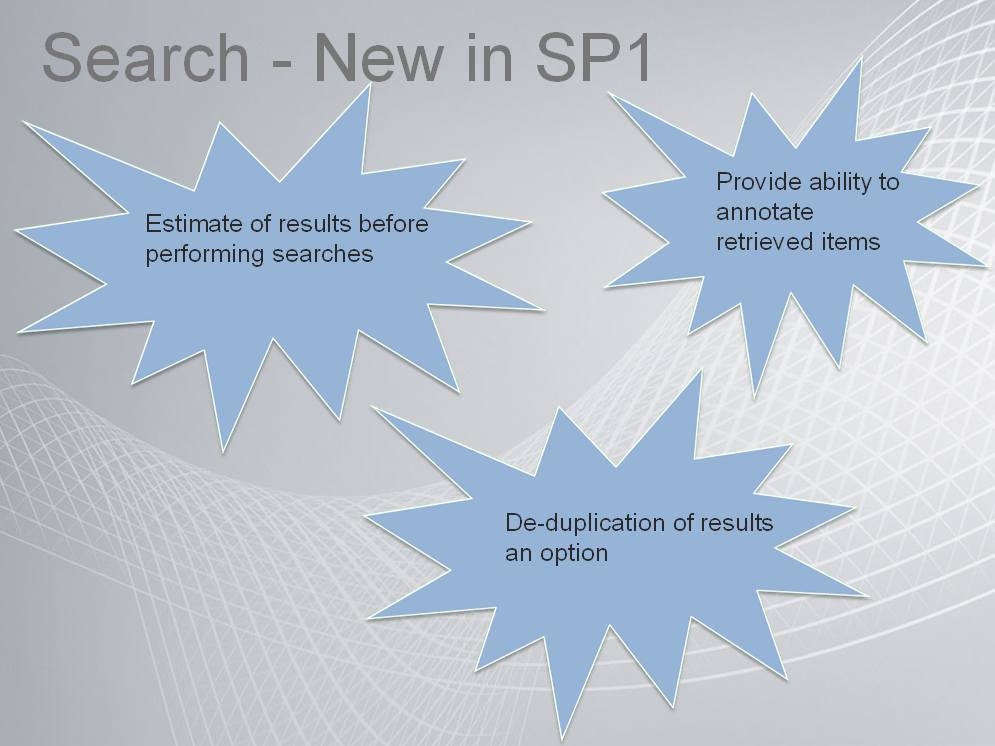
Information rights management via OWA rendered documents and ActiveSync – nice!
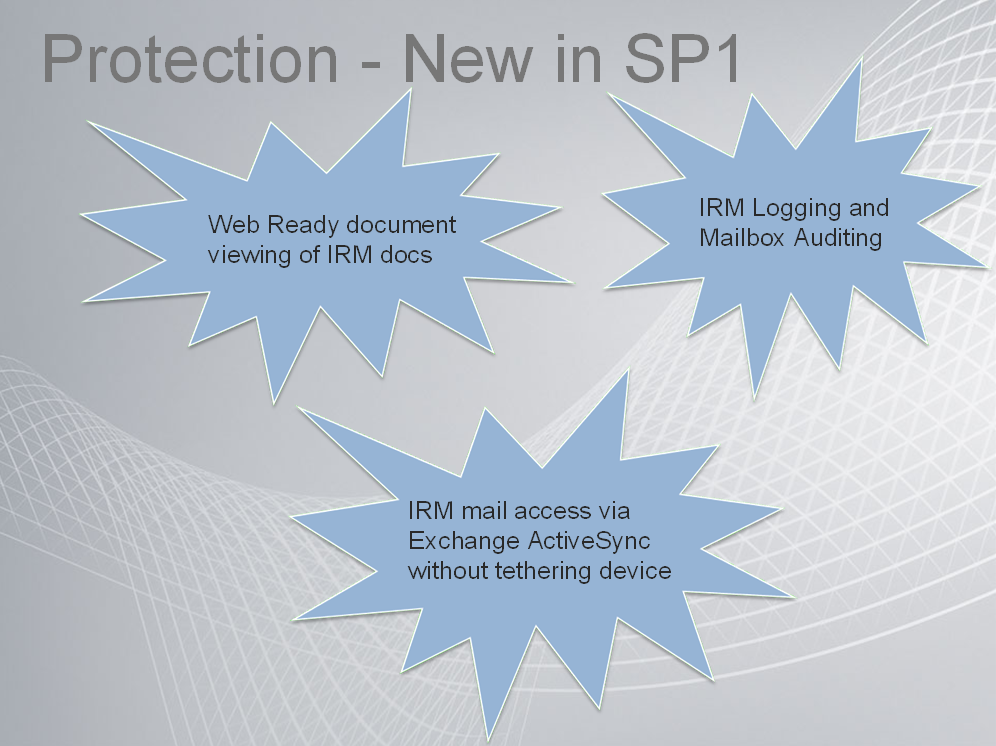
Some other interesting tidbits:
- In case you didn’t already know Exchange 2010 kisses goodbye to “single instance storage”, this is the capability to keep a single copy of content that multiple users or computers share. With this brings a reduced requirement on I/O, this should increase the size of the Exchange database, but due to increased compression, is not the case.
- Big push on RBAC, this is also featured within Communications Server ’14’.
- The default view for OWA 2010 is conversation mode, with Outlook 2010 beta this is also true – but not with the RTM.
Exchange SP1 is likely to be released in Aug/Sep 2010! In the meantime the public beta is available now (but not supported)




